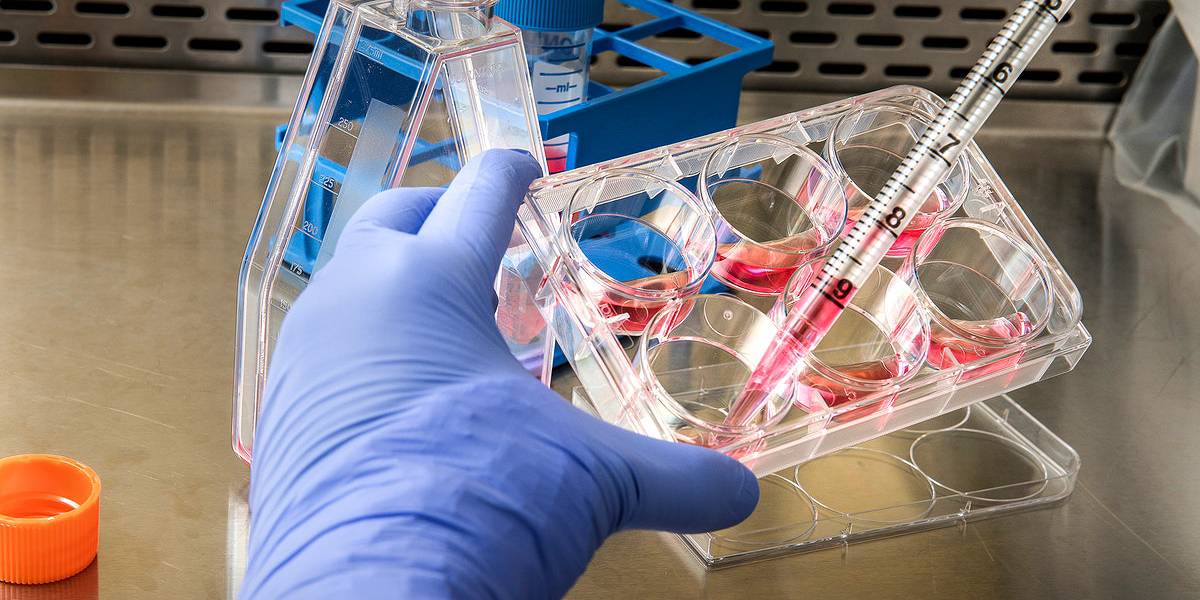The government has announced an estimated allocation of ₹12,393 crore for the department out of the total ₹3,04,965 crore state budget. Telangana has also increased its health budget by 12.13 percent compared to the previous year's revised estimate.
Published Mar 19, 2025 | 4:57 PM ⚊ Updated Mar 19, 2025 | 4:57 PM

The reform package includes unprecedented tax relief on critical medicines and pharmaceutical products.
Synopsis: The Telangana government has announced an estimated allocation of ₹12,393 crore for the health department out of the total ₹3,04,965 crore state budget. Despite these increases, the target of allocating five percent of the total budget to health has not been met. Meanwhile, the government has also made several announcements.
According to the announcement made by Telangana Deputy Chief Minister Mallu Bhatti Vikramarka on Wednesday, 19 March, 4.06 percent of the state’s budget for 2025-26 has been allocated to the Health, Medical & Family Welfare Department.
The government has announced an estimated allocation of ₹12,393 crore for the department out of the total ₹3,04,965 crore state budget. Telangana has also increased its health budget by 12.13 percent compared to the previous year’s revised estimate.
While the government announced a budget estimate (BE) of ₹11,468 crore in the last financial year, the revised estimate (RE) dropped to ₹11,043 crore. On the other hand, the budget estimate for 2025-26 has increased by 8.07 percent compared to the previous year.
In 2024-25, the health budget was ₹11,468 crore, which accounted for 3.9 percent of the total budget of ₹2,91,159 crore.
Health Establishment expenditure increased from ₹5181.06 crore (2024-25 RE) to ₹5666.86 crore (2025-26 BE) — a rise of ₹485.80 crore (9.38%). This suggests a higher allocation towards salaries, operational costs, and administrative functions.
Whereas Health Scheme allocations have grown from ₹5216.66 crore (2024-25 RE) to ₹6070.27 crore (2025-26 BE) — an increase of ₹853.61 crore (16.36%). This indicates greater investment in public health programs, medical infrastructure, and welfare initiatives.
Despite these increases, the target of allocating five percent of the total budget to health has not been met. At the peak of the Covid-19 pandemic in 2020-21, 4.3 percent of the total budget was allocated to health. However, in 2021-22, this dropped to 3.3 percent. In 2022-23 the allocation was increased to five percent, but the 2025-26 budget still falls short of this goal.
Presenting the budget Vikramarka, also the finance minister, said that the Telangana government has undertaken groundbreaking reforms to strengthen the healthcare sector and enhance medical services. Since December 2023, the government has released ₹1,215 crore to various hospitals under the Aarogyasri scheme, reflecting a 50 percent increase compared to previous allocations, he said.
“This initiative ensures uninterrupted access to quality healthcare for 2.84 crore citizens across the state,” he added.
Furthermore, to secure higher funding under the National Health Mission (NHM), the state government has ensured the timely and systematic release of its share, enabling Telangana to access greater financial support than in previous years.
He announced that free dialysis services are available across the state through 102 centres, benefiting over one lakh patients and reducing the financial burden on the public by ₹948 crore.
“To further expand these services, 95 new dialysis centres have been sanctioned,” he said.
Additionally, to enhance emergency medical support, 136 new ambulances have been deployed in mandals where ambulance services were previously unavailable.
The Rajiv Arogyasri Scheme, designed to provide health security to the underprivileged, is being implemented as part of the Cheyutha initiative. Under this scheme, the free medical coverage limit has been increased from ₹5 lakh to ₹10 lakh, benefiting 90.10 lakh families living below the poverty line.
“In addition to enhancing the treatment cost limit, the rates for 1,375 medical procedures covered under Arogyasri have been raised by 20 percent. Furthermore, 163 additional treatments have been brought under its coverage, expanding the total number of medical packages available to the poor to 1,835, ensuring broader and more accessible healthcare services.
To strengthen Telangana’s position as a global pharmaceutical and life sciences hub, the government plans to establish Greenfield Pharma Clusters in the Ranga Reddy and Mahbubnagar districts, Vikramarka announced.
These clusters will be equipped with world-class infrastructure, providing essential support for pharmaceutical, biotech, and life sciences companies to scale up their operations. The Pharma City is expected to serve as a dedicated hub for the production of antibiotics, synthetic drugs, vaccines, nutraceuticals, herbal medicines, and cosmetics-related products.
The government has also focused on enhanced medical education and hospital infrastructure by adding 400 additional MBBS seats in newly established medical colleges.
“Furthermore, with the establishment of 16 new nursing colleges and 28 allied health sciences colleges, an additional 2,640 students will have the opportunity to pursue medical education each year,” said the deputy chief minister.
He also announced that to restore the historic Osmania Hospital, which boasts a legacy of over a century and is currently in a deteriorated state, the government has embarked on the construction of a cutting-edge medical facility.
“Spanning 27 acres, this project is being developed with an investment of ₹2,700 crore to enhance healthcare services and modernize infrastructure,” he announced.
(Edited by Muhammed Fazil.)
